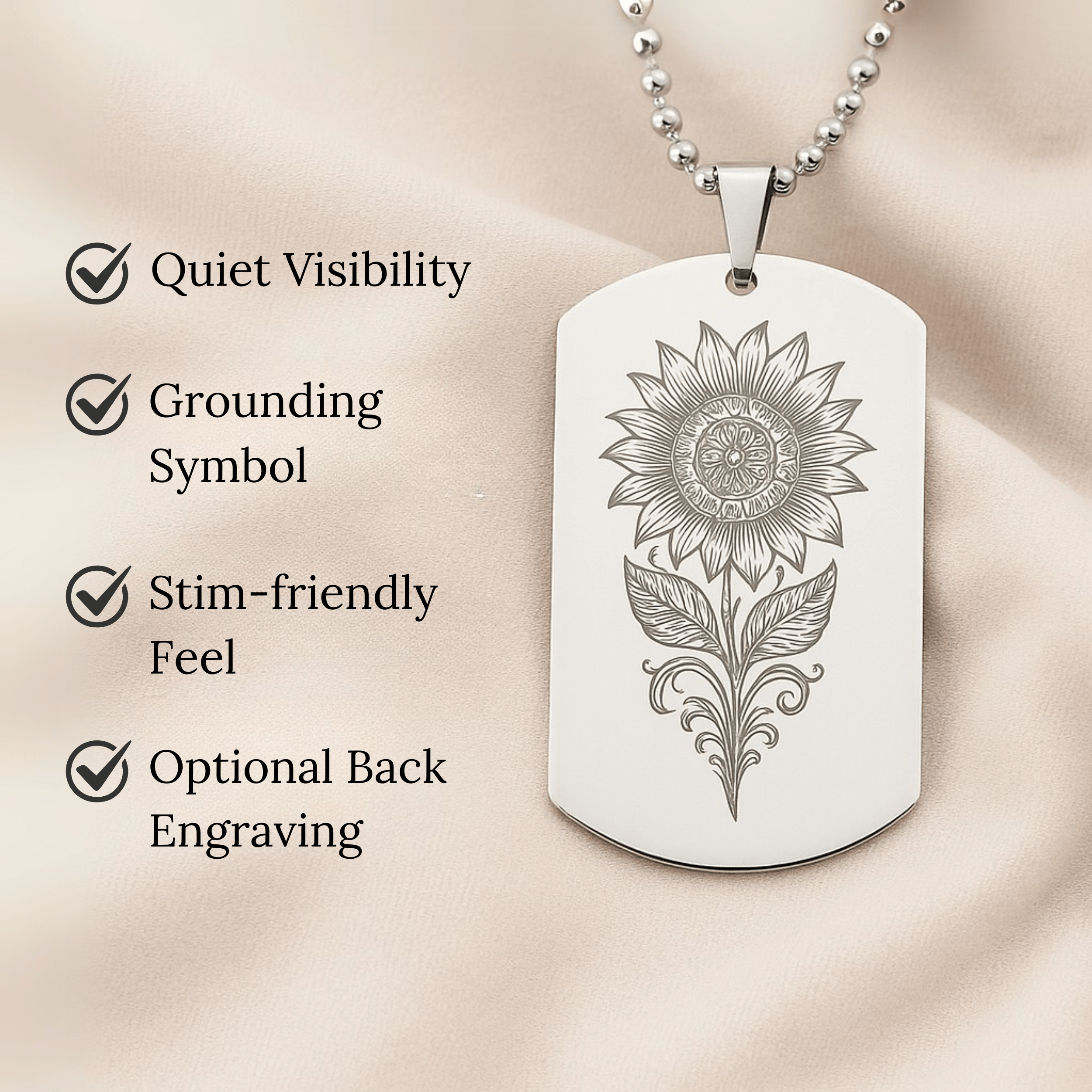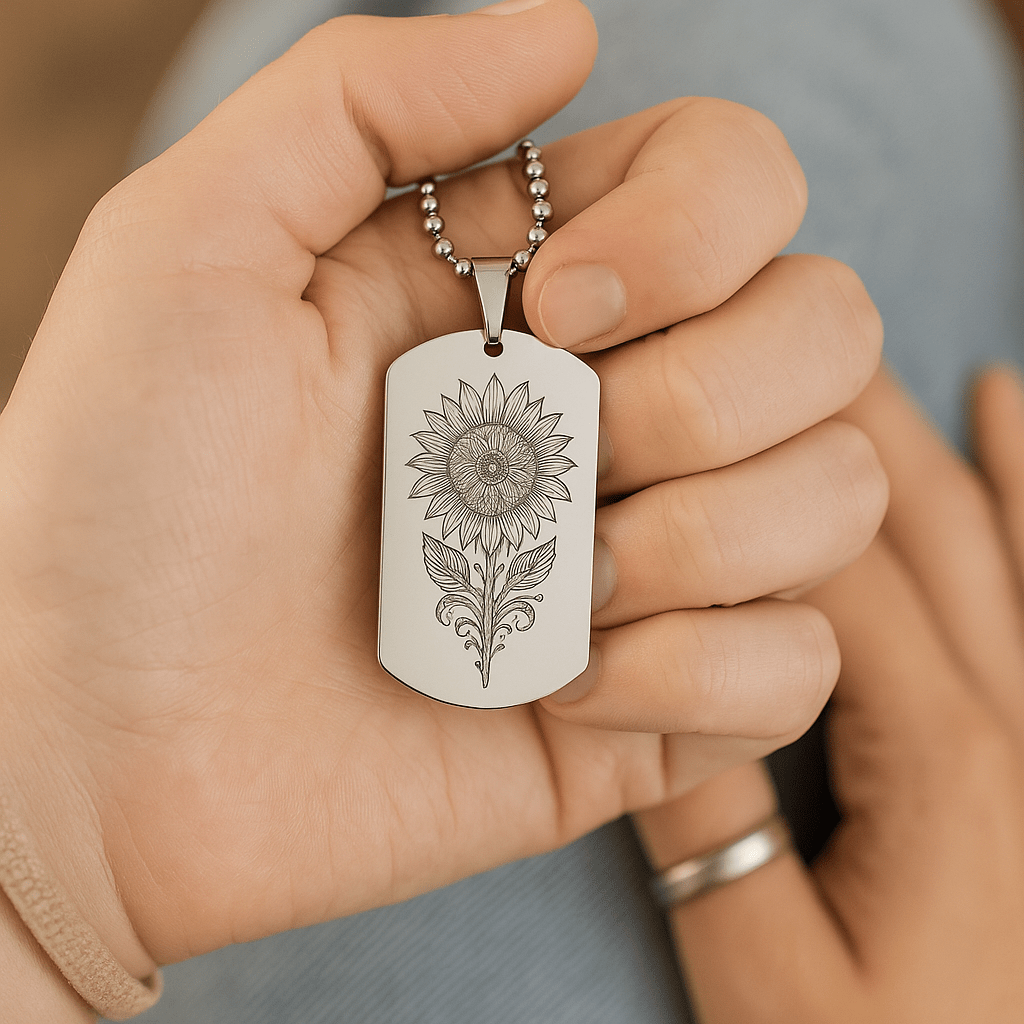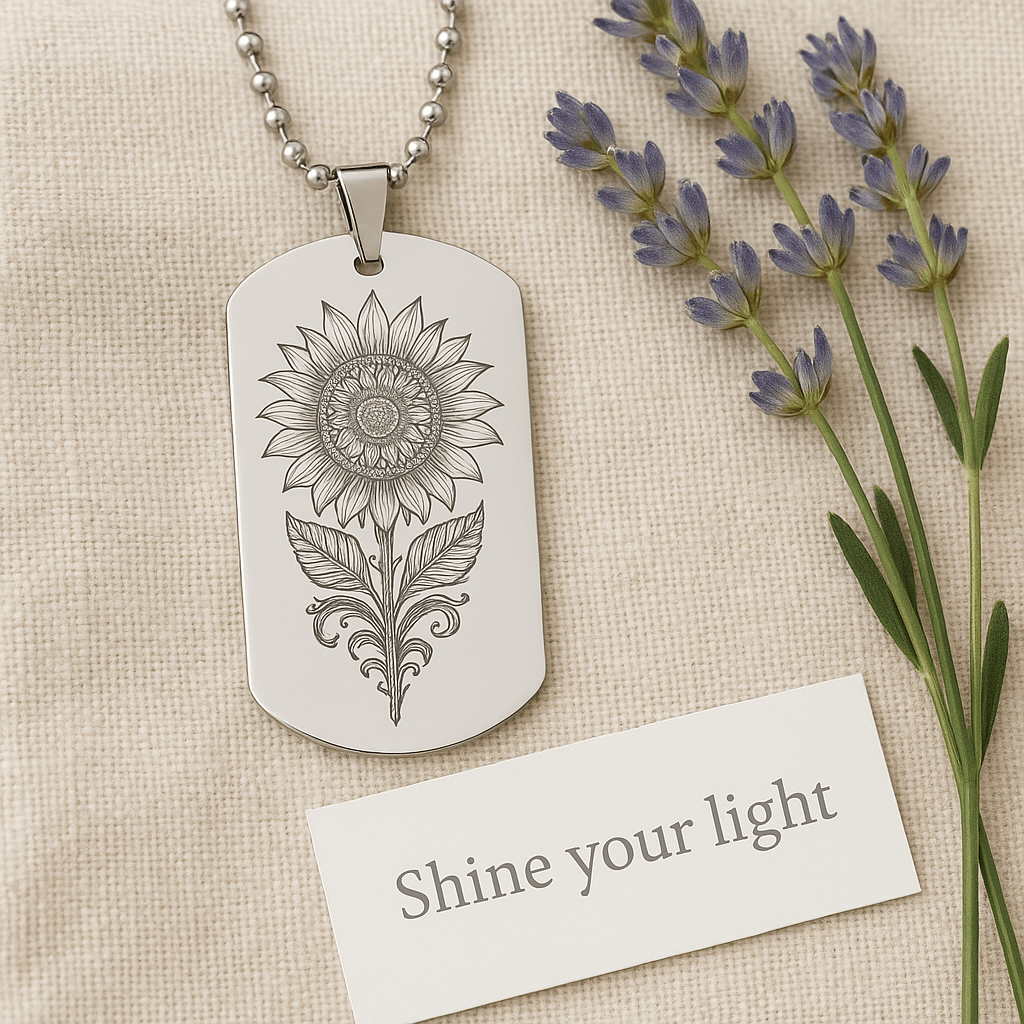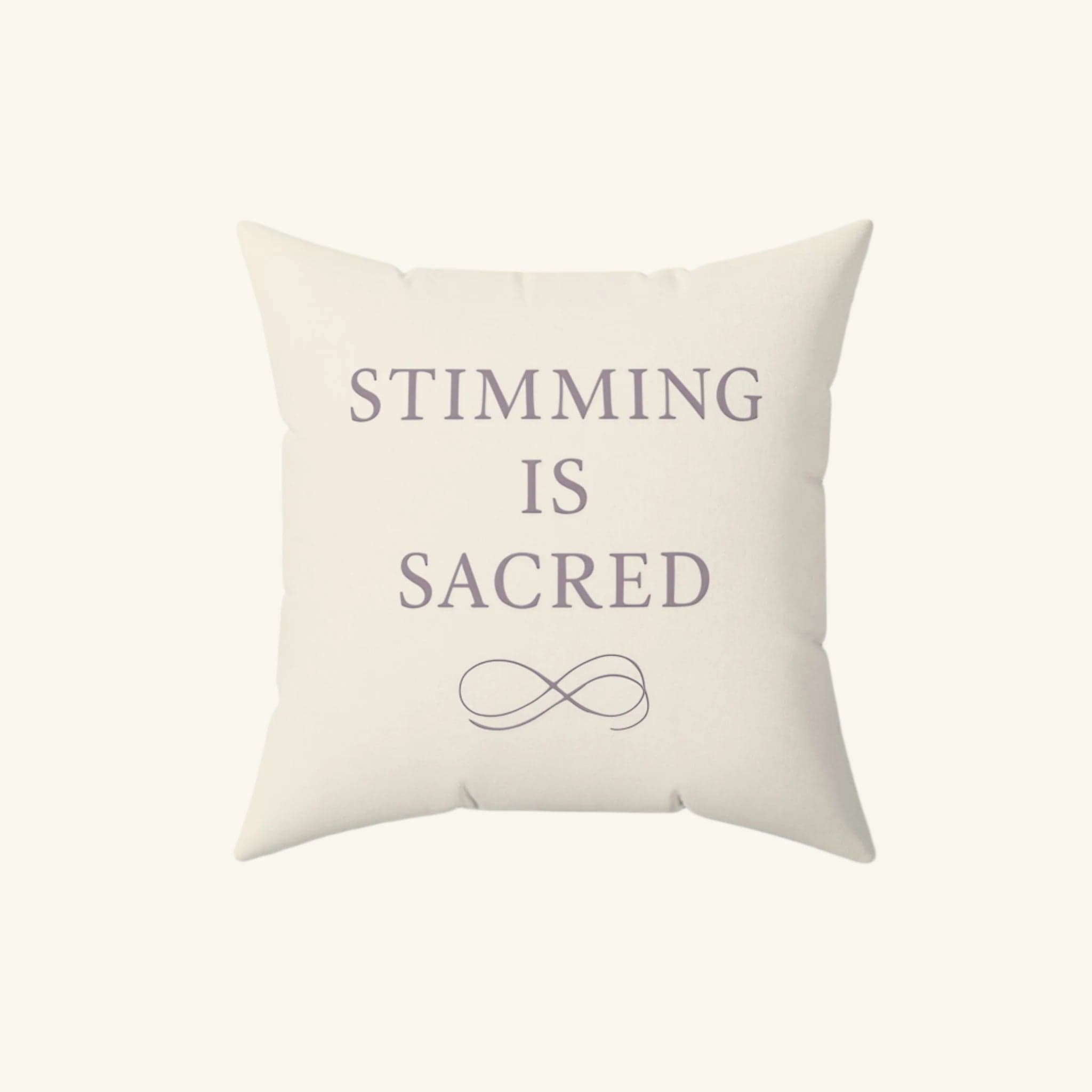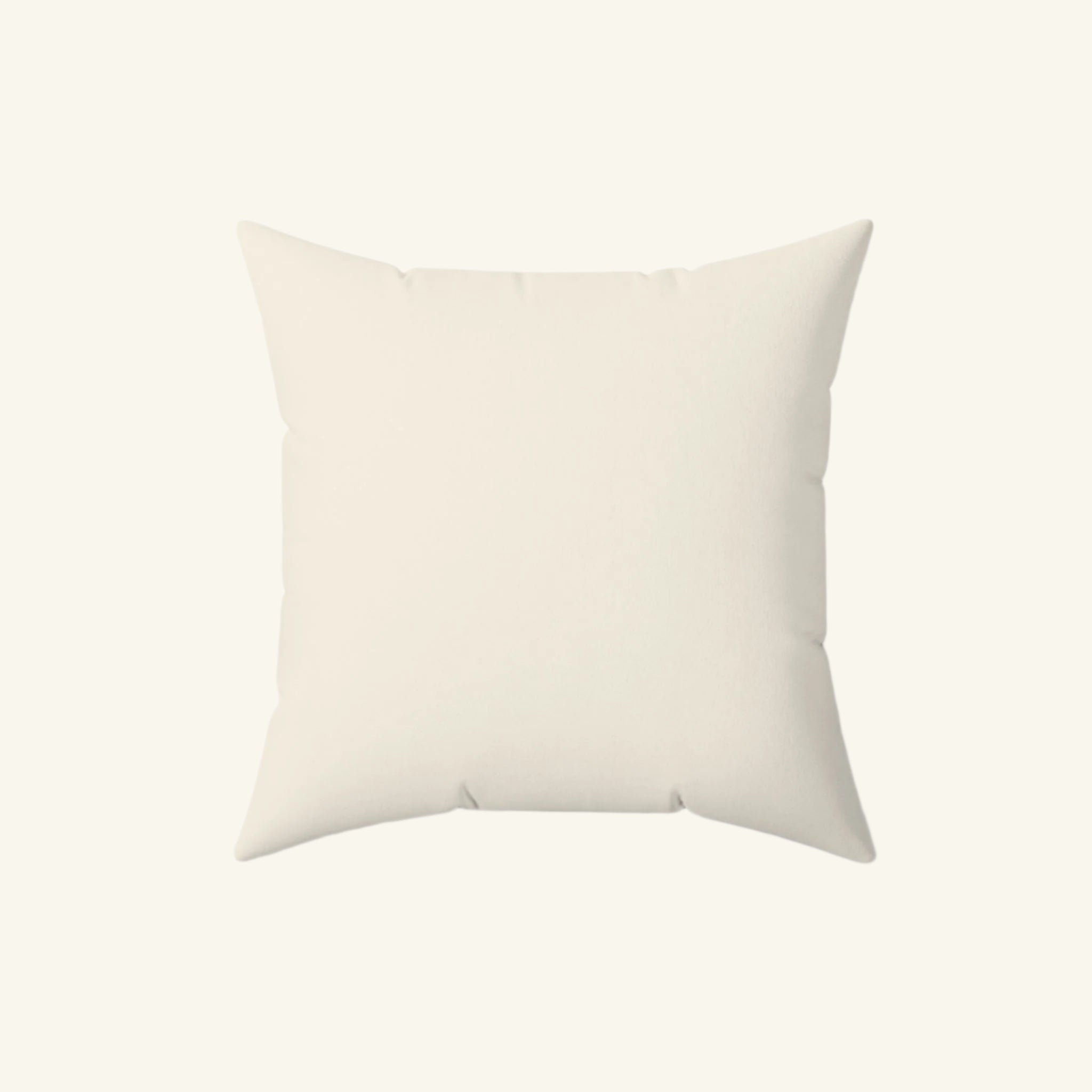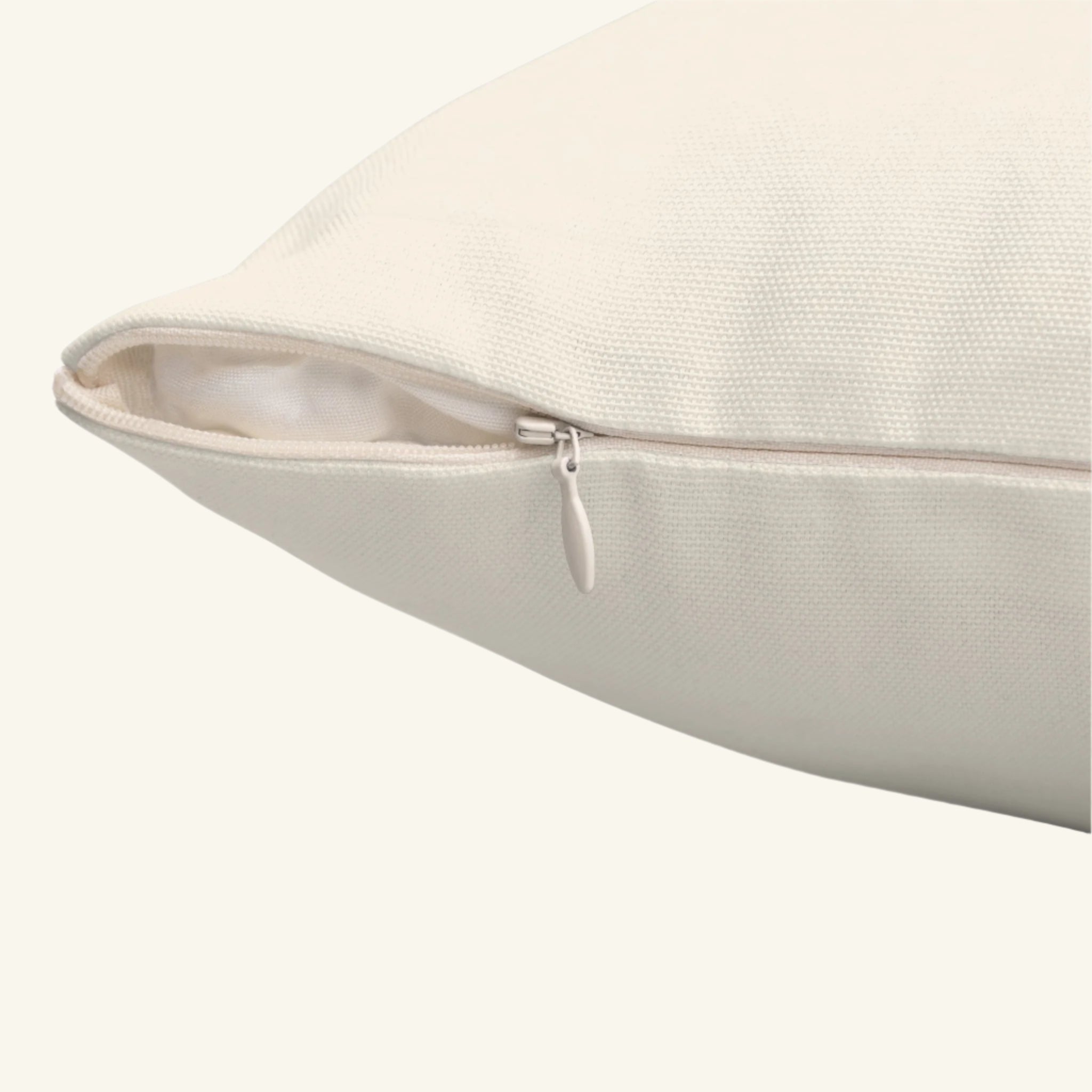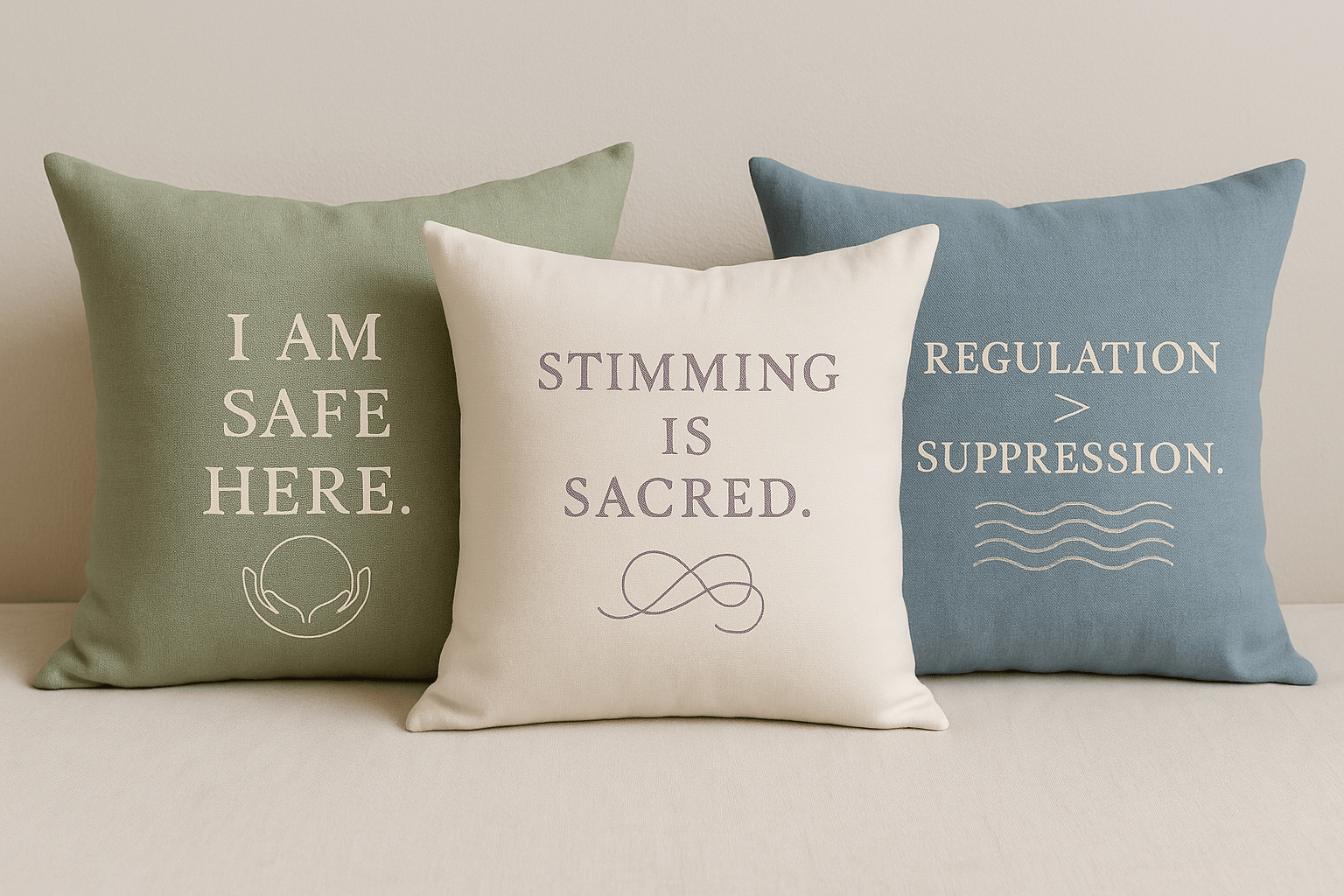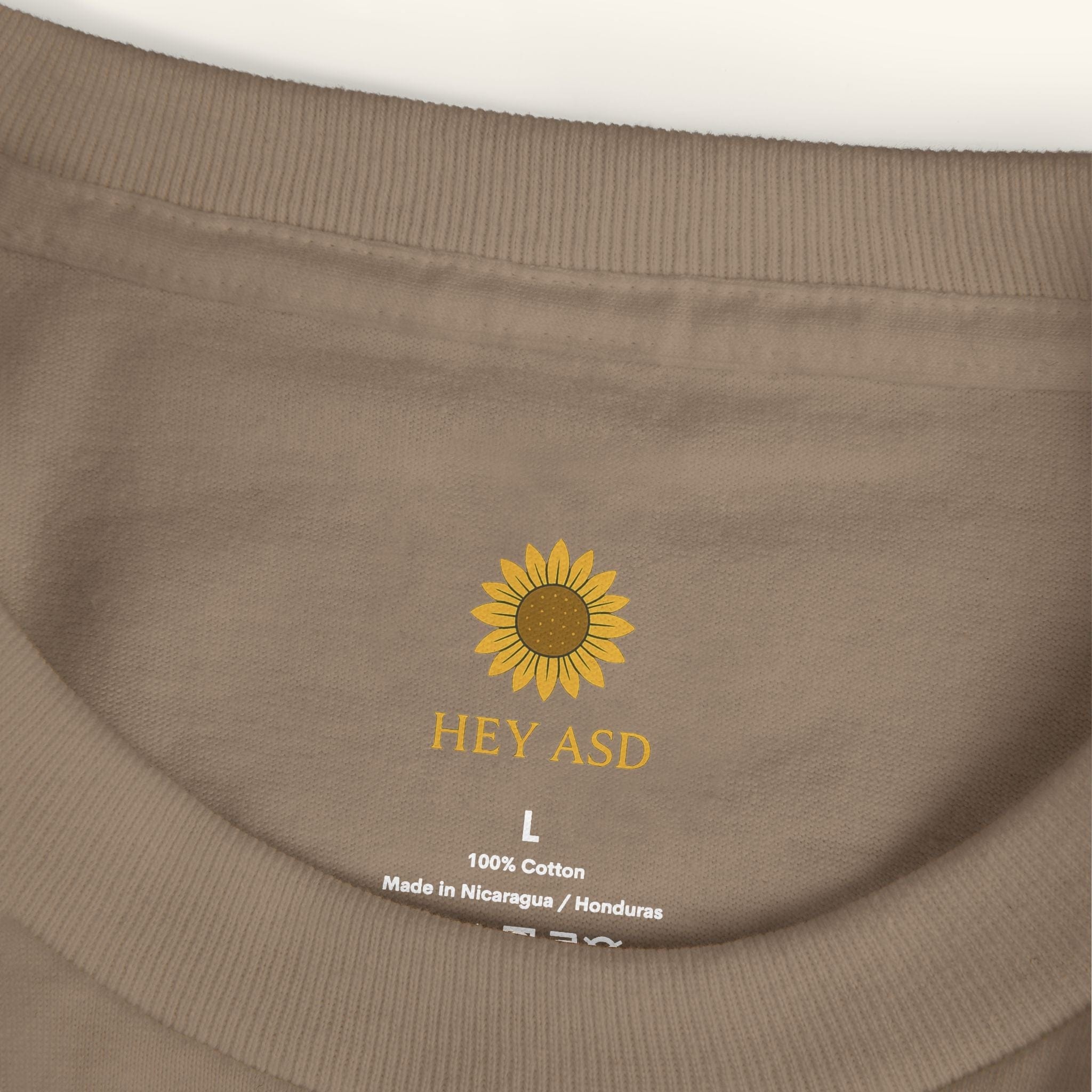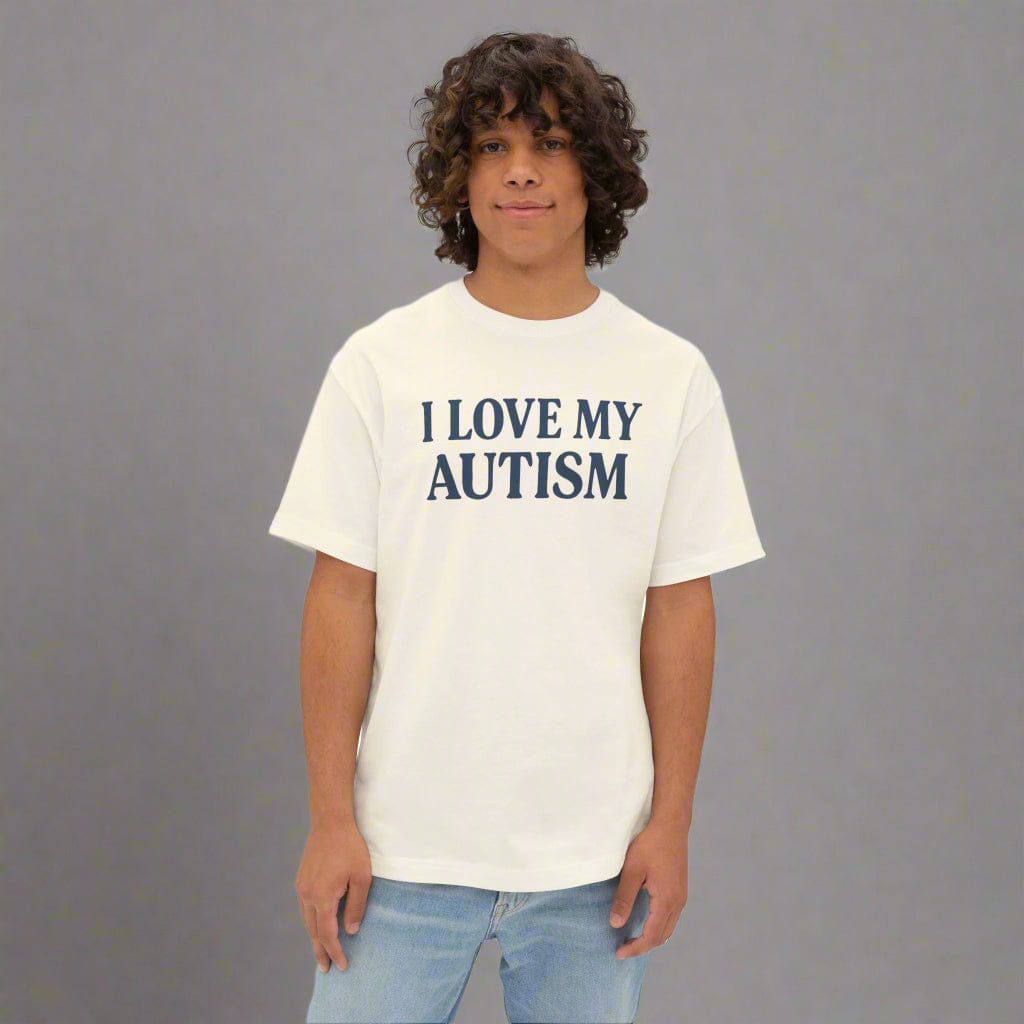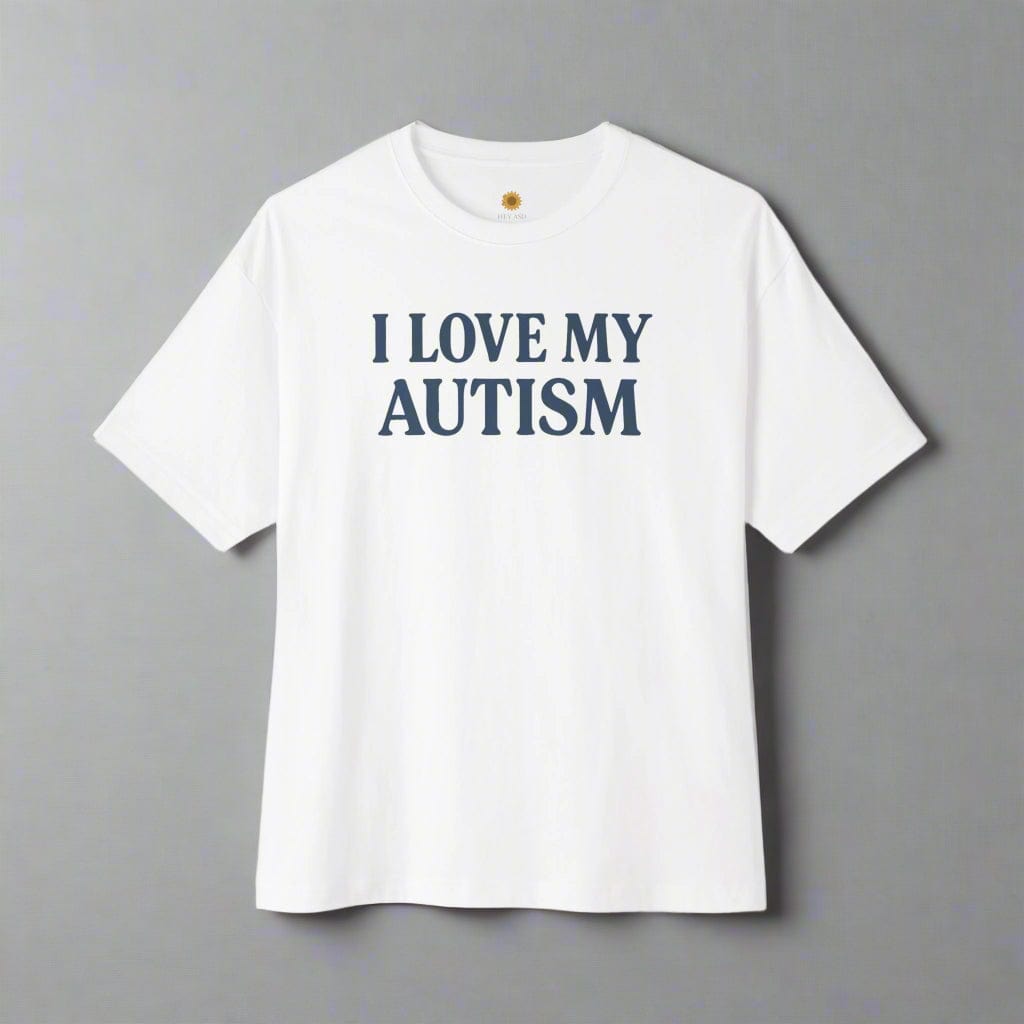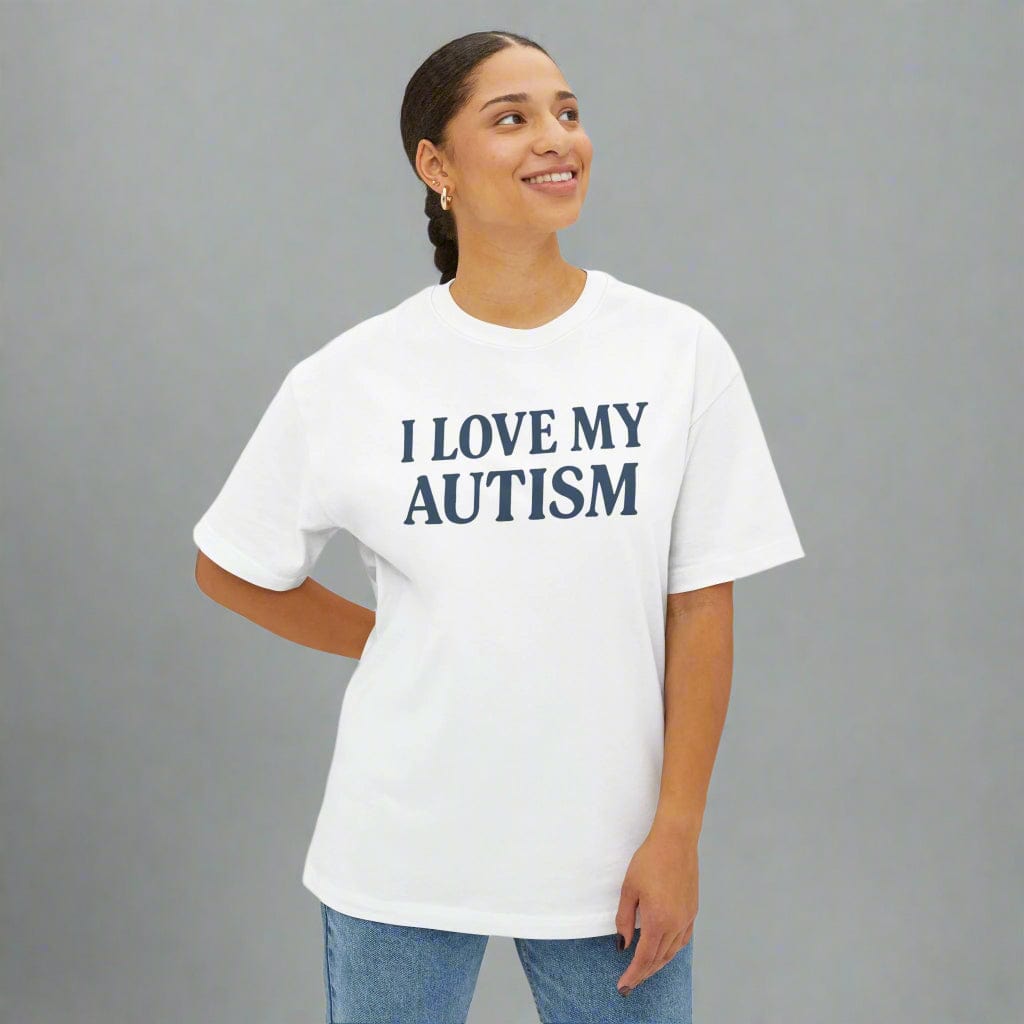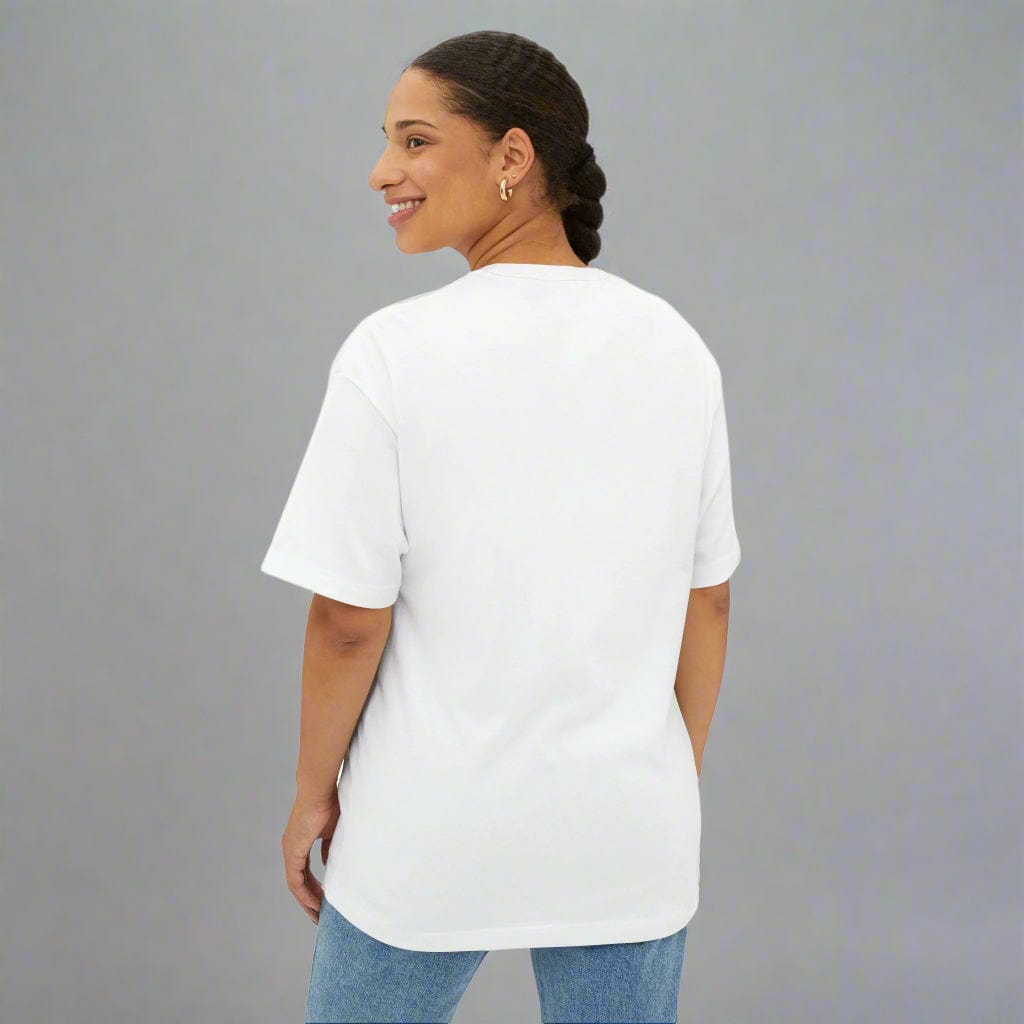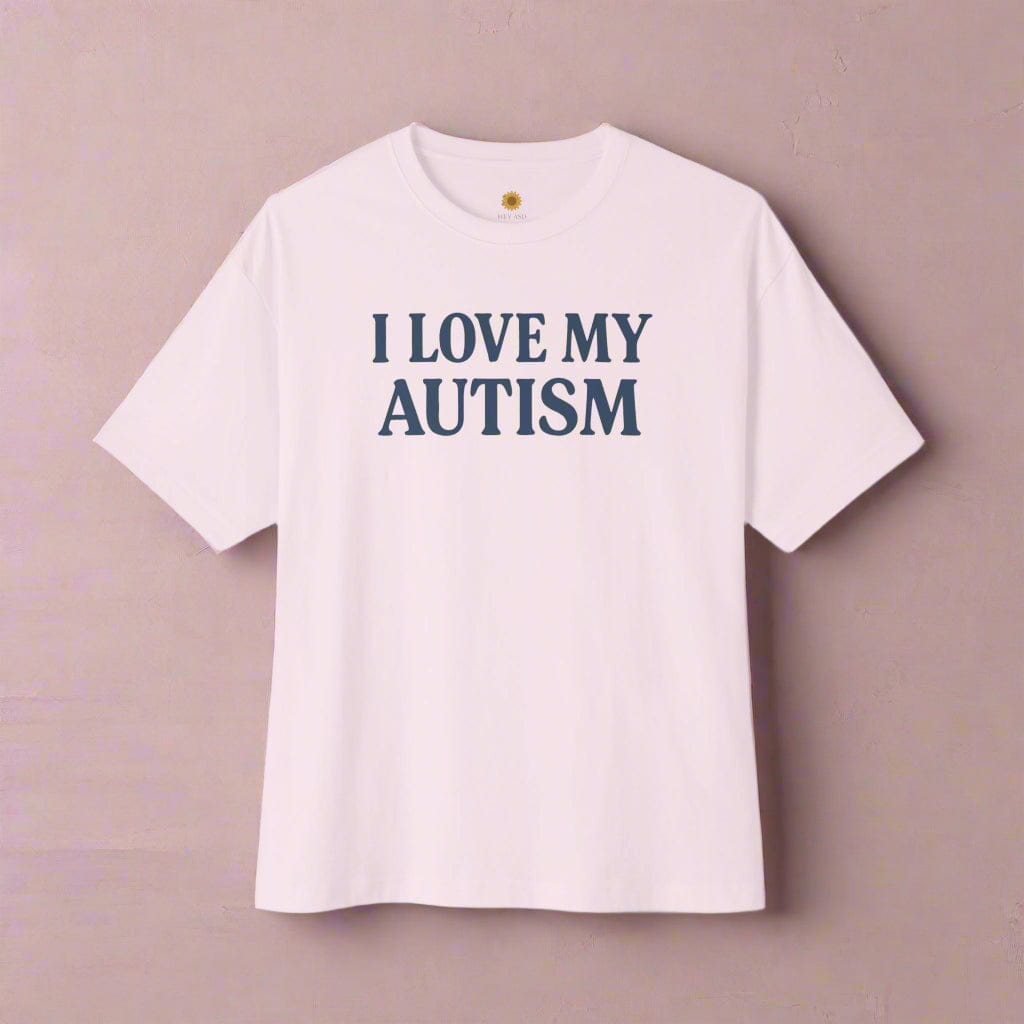Puzzles for Autistic Adults: Calm, Focus, and the Joy of Every Piece

Written by the HeyASD Editorial Team
For many autistic adults, puzzles are more than a pastime—they’re a way to quiet the noise, find focus, and feel in control again. In a world that often feels chaotic and unpredictable, puzzles offer a safe, structured retreat. They combine mental stimulation with a quiet sense of accomplishment, helping autistic adults recharge and find balance on their own terms.
Whether it’s the satisfaction of a piece clicking into place or the meditative rhythm of sorting colors and shapes, puzzles provide calm through predictability. They’re not about performance or productivity—they’re about peace, presence, and the quiet joy of creating order from chaos.
Why Puzzles Feel Like Home for Autistic Adults
The appeal of puzzles for many autistic adults lies in their ability to offer structure, focus, and a calming, repeatable task. The process of turning a jumble of pieces into a complete image can be deeply satisfying, providing a sense of control and order that helps with sensory regulation. This experience taps into a need for predictability and quiet achievement.
This calming effect comes from several key aspects of the puzzle experience. Exploring the roles of predictability, personal sensory comfort, and mindful repetition can help us understand why this activity feels so grounding.
The Comfort of Order: Predictability and Visual Calm
Puzzles provide a wonderfully predictable world with clear rules and a defined goal. Each piece has only one correct place, which creates a structured environment that can feel very reassuring. This predictability helps minimize the uncertainty that can lead to feeling overwhelmed in other areas of life.
This structure gives you a deep sense of control. You decide how to sort the pieces, which section to work on, and the pace you want to set. In a world where many things are outside of your control, the simple act of making order from chaos is incredibly empowering and helps support focus.
The visual flow of a puzzle—watching an image slowly emerge from the pieces—is also deeply satisfying. This process often appeals to autistic minds that find comfort in visual organization and pattern recognition. It’s a reliable activity that offers a clear path from start to finish, which is a welcome relief from the unpredictability of daily life.
A Personal Note: Quiet Hands, Calm Mind
As an autistic creator, the sensory experience of a puzzle is just as important as the visual image. The tactile sensation of the pieces—the smoothness of wood, the specific weight of quality cardboard—provides gentle sensory input that can be very grounding. The quiet click as two pieces fit together is a small, satisfying reward.
There is a quiet satisfaction in this focused task. It’s a solo activity that doesn’t demand masking or performing for others. You can simply be present with the colors, shapes, and textures, allowing your mind to settle into a calm rhythm. This feeling of sensory comfort is a welcome escape from the sensory overload of daily life.
This personal, quiet time is a form of self-care. The visual calm of a soothing image coming together, combined with the pleasant tactile feedback, creates a peaceful space for your mind to rest and recharge without any external pressures.
The Meditative Rhythm of Repitition
The process of completing a puzzle involves many repetitive actions: sorting pieces by color, finding all the edge pieces, and testing shapes until you find a match. This mindful repetition can have a powerful effect on sensory regulation, much like a calming stimming behavior.
This rhythmic act of sorting and placing pieces can feel meditative. It allows your brain to focus on a simple, repeatable task, which helps reduce anxiety and mental clutter. Many autistic adults find that this focused activity is a way to enter a state of flow, where the outside world fades away and a sense of peace takes over.
Incorporating this calming activity into your daily routines can be a powerful tool for emotional balance. It’s not about "fixing" anything; it’s about giving your nervous system a predictable and soothing experience that helps you feel more grounded and centered.
How Puzzles Benefit Autistic Minds
Beyond their calming effects, puzzles are also dynamic tools for cognitive development. They offer a playful way to exercise your brain, strengthening essential cognitive skills without feeling like work. Engaging with puzzles at different skill levels helps build critical thinking and logical thinking abilities in a low-pressure setting.
This mental workout can lead to noticeable improvements in several key areas. From boosting your attention span to enhancing your problem-solving abilities, puzzles are a gentle yet effective way to support your cognitive growth and well-being.
Boosting Attention and Executive Function Through Play
Puzzle activities are a fantastic way to strengthen your attention span. Working on a puzzle requires sustained focus on colors, shapes, and patterns. Research has even noted that jigsaw puzzles can help extend concentration, building mental stamina over time in a way that feels engaging, not draining.
Puzzles also support executive function skills like planning, sequencing, and organizing. When you start a puzzle, you naturally begin to plan your approach: first, you might sort the edge pieces, then group the remaining ones by color or pattern. This process of breaking a large task into smaller, manageable steps is a practical exercise in executive function.
These cognitive abilities are honed through play, making the learning process enjoyable. As you build your puzzle, you are also building mental frameworks for organization and task management that can be applied to other areas of your life, all while enjoying a relaxing activity.
Enhancing Visual-Spatial Reasoning and Problem Solving
Jigsaw puzzles are especially good for enhancing visual-spatial reasoning. This is the skill that allows you to mentally visualize and manipulate objects. As you scan pieces and imagine how they might fit together, you are giving your brain a powerful workout in spatial reasoning.
This process directly strengthens your problem-solving abilities. Each piece is a small problem to be solved, requiring you to use logical thinking and patience. You test hypotheses—does this piece fit here?—and adjust your strategy based on the visual feedback you receive. This strengthens your capacity for critical thinking.
Over time, these skills become more intuitive. Your brain gets better at recognizing patterns and seeing how individual parts form a whole. This improved visual-spatial reasoning can translate to better navigation and organizational skills in your everyday life, making it one of the most practical benefits of puzzles.
Research Insights: Dopamine Balance and Mental Well-being
While puzzles are not a form of therapy, they offer clear therapeutic benefits for mental well-being. The satisfaction of finding the right piece and clicking it into place provides a small but significant boost of positive reinforcement. This process can help support a healthy dopamine balance by providing regular, achievable rewards.
Each small success contributes to a larger sense of accomplishment, which is vital for mental and emotional health. This steady stream of positive feedback can be especially helpful when you’re feeling overwhelmed or experiencing autistic burnout. It provides gentle mental stimulation without being overstimulating.
Focused activities like puzzling give your brain a clear task, which can have a regulating effect on the nervous system. The feeling of making progress and completing a goal, no matter how small, has a positive impact on your overall mental well-being, confirming that you are capable and can create order.
Emotional Benefits: Building Confidence, Connection, and Calm
Puzzles do more than just sharpen your mind; they also nurture your emotional health. The process of working on a puzzle can help you build confidence, find a sense of control, and even connect with others in a low-pressure way. These emotional benefits are a key part of why puzzles are such a valuable tool for personal growth.
From the quiet pride of finishing a project to the gentle escape it offers from daily stressors, puzzling meets several important emotional needs. Let's explore how it fosters achievement, helps you find a flow state, and creates opportunities for quiet connection.
Little Victories: How Puzzles Build Confidence and Calm
Completing a puzzle provides a powerful sense of achievement. In a world where progress can feel slow or invisible, a finished puzzle is a tangible, visible accomplishment. This concrete success is a wonderful way to build confidence, with some research showing that 70% of participants feel more confident after finishing a puzzle.
Puzzles also offer a profound sense of control. You are the one who sorts the pieces, finds the connections, and brings the image to life. This feeling of agency can be a welcome form of stress relief, especially when navigating autistic burnout or feeling overwhelmed by the demands of daily life.
This activity is a perfect way to decompress. Small mini-puzzles, in particular, offer a quick and satisfying sense of completion without a huge time commitment. They provide a manageable challenge that ends in success, reaffirming your ability to create order and find solutions.
Finding Flow State and Gentle Escape
Have you ever been so absorbed in an activity that time seems to disappear? That is the flow state, and puzzles are a wonderful way to access it. The rhythmic, focused nature of sorting and placing pieces allows your mind to settle, creating a meditative experience that feels like a gentle escape.
This is not "therapy" or a "treatment" prescribed by someone else. Instead, it is an empowering, self-directed form of mindfulness. You choose the puzzle, you set the pace, and you create the experience. The mindful repetition involved is a calming activity that allows you to decompress on your own terms.
Finding this flow state is a way to give your mind a break from anxious thoughts and external pressures. It’s a creative outlet that lets you focus on one beautiful, achievable task, reframing your free time as an opportunity for restoration and quiet joy.
Quiet Connection: The Power of Parallel Play
Puzzles offer a unique way to connect with others without the pressures of typical social interaction. This is often called "parallel play," where you and another person can work on a shared activity side-by-side, enjoying each other’s company in comfortable silence or with minimal conversation.
This form of social engagement is perfect for autistic adults who may find direct social skills demands draining. You can share a goal and communicate through actions—passing a piece, pointing to a section—without needing constant verbal back-and-forth. It fosters teamwork and improves communication skills in a low-stress, natural way.
This quiet togetherness matters because it validates a way of connecting that feels authentic and comfortable. It removes the pressure to perform socially and instead builds connection through a shared, calming experience. It’s a wonderful way to spend time with family members or friends in a way that respects everyone’s energy levels.
Sensory-Friendly Puzzle Types Autistic Adults Love
Not all puzzles are made equal, and the best puzzles for you will depend on your thinking style and sensory needs. From the tactile feel of jigsaw puzzles to the logical challenge of number puzzles, there are many puzzle types to explore. Finding the right format can make the experience even more enjoyable and beneficial.
Let’s look at some of the different autism puzzles that autistic adults often love. Whether you prefer a hands-on experience, a mental challenge, or a mess-free digital option, there’s a puzzle out there for you.
Jigsaw Puzzles: Matte Finishes and Soothing Palettes
Jigsaw puzzles are a classic for a reason. They offer a satisfying tactile and visual experience that is beneficial for many autistic adults. The act of handling the puzzle pieces and fitting them together can be very grounding. For an even better sensory experience, look for puzzles with a matte finish, which reduces glare and is gentler on the eyes.
The choice of material also matters. Many people enjoy wooden jigsaw puzzles for their smooth texture and the satisfying weight of the pieces. The image itself is important too; soothing palettes with calming colors like blues and greens can help prevent visual overstimulation and create a more relaxing experience.
At HeyASD, our jigsaw puzzles are designed with this in mind. We use matte finishes and create images with calming, beautiful color palettes. We believe the sensory experience of puzzle-solving should be as comfortable and joyful as the feeling of placing the final piece.
Pattern, Word, and Number Puzzles for Different Thinking Styles
If you enjoy more logic-based challenges, there are many puzzle types that cater to different thinking styles. These puzzles provide excellent mental stimulation and can be just as satisfying as a traditional jigsaw. They are great for moments when you want a mental workout without the physical setup of a large puzzle.
These puzzles often appeal to autistic adults who excel at pattern recognition or have strong verbal or numerical skills. They offer a structured way to engage your mind and can be a great addition to your collection of calming activities.
Here are a few types that are particularly beneficial:
-
Pattern Puzzles: Puzzles like logic grids or nonograms are excellent for flexing your critical thinking and pattern recognition skills.
-
Number Puzzles: Sudoku and other number-based games challenge your logical thinking in a systematic, orderly way.
-
Word Puzzles: Crossword puzzles and word searches are great for verbal thinkers and can help build language skills and vocabulary in a fun, low-pressure format.
Digital Puzzles: Low-Mess Options for Accessible Play
Digital puzzles offer a wonderfully accessible and low-mess alternative to physical puzzles. If you have limited space or find clutter to be a source of sensory input stress, a puzzle app on your phone or tablet can be a perfect solution. There are no pieces to lose and no table to clear.
Many digital puzzle apps also offer features that make for a more comfortable experience. You can often adjust the difficulty by changing the number of pieces, get hints if you're stuck, and automatically sort pieces. This level of control makes these puzzle activities highly accessible for everyone.
This format allows you to enjoy all the cognitive and emotional benefits of puzzling anytime, anywhere. Whether you’re on a break, traveling, or just want a quick and easy way to relax, digital puzzles provide a convenient option for accessible play.
Choosing the Right Puzzle for Your Needs
Finding the right puzzle is a personal journey. The best choice for you will balance a comfortable level of challenge with your sensory preferences and personal interests. Thinking about these factors ahead of time can help you make a puzzle selection that leads to a relaxing and rewarding experience, not a frustrating one.
Let's explore a few things to consider, from the number of pieces and visual design to how a puzzle connects with your special interests. This gentle guidance can help you find puzzles that feel good to you.
Piece Count, Texture, Color Tone, and Comfort Features
To make your puzzle experience as comfortable as possible, it helps to consider a few key features. The piece count is a great place to start. A smaller puzzle can offer a quick sense of accomplishment, while a larger one provides a deeper, more immersive project.
The texture and visual style are also important for sensory comfort. A matte finish reduces glare, while a smooth texture can be more pleasant to handle than rough cardboard. The color tone of the image can also affect your experience; soft, harmonious colors are often more calming than loud, high-contrast ones.
Thinking about these comfort features can help you avoid feeling overwhelmed. Here’s a simple guide to help you choose:
|
Feature |
What to Consider |
|---|---|
|
Piece Count |
100-500 pieces for calm focus, or 1000+ for a deep, immersive project. |
|
Finish |
A matte finish reduces glare and is easier on the eyes. |
|
Texture |
Wooden or high-quality cardboard pieces can offer a more pleasant tactile feel. |
|
Color Tone |
Soothing, balanced color palettes are less likely to cause visual overstimulation. |
Special Interests, Minimalist Design, and Sensory Preferences
One of the best ways to ensure you’ll love a puzzle is to connect it to your special interests. A puzzle featuring something you're passionate about—whether it's wildlife, architecture, a favorite movie, or abstract art—can be incredibly motivating and engaging. This alignment with your personal interests makes the activity feel meaningful.
Many autistic adults also find that they prefer puzzles with a minimalist or visually balanced design. Loud, cluttered images can be a source of sensory overload, making the puzzle feel chaotic and stressful. In contrast, a clean, simple design can be very calming and easier to process visually.
Your sensory needs are valid, and choosing a puzzle that respects them is a form of self-care. The colors and imagery can deeply impact your sensory comfort, so it’s worth seeking out designs that feel good to your brain and your eyes.
Why Visual Harmony and Balanced Imagery Matter
Visual harmony is the idea that all parts of an image work together to create a sense of order and peace. For autistic adults with sensory sensitivities, a puzzle with balanced imagery can be much more relaxing to work on than one with chaotic or jarring visuals.
Puzzles with bold, distinct patterns and clear imagery help avoid sensory overload. Cluttered scenes with too many competing elements can be overwhelming and make it difficult to focus. Designs with minimal distractions allow your brain to relax into the task of sorting and matching.
Abstract patterns, nature scenes, or puzzles with gentle geometric designs often provide this sense of visual harmony. They promote focus without overstimulation, making the entire experience more calming and enjoyable. Choosing a puzzle with balanced imagery is a simple way to protect your energy and ensure a soothing activity.
Turning Puzzle Time into a Calming Ritual
The puzzle itself is only one part of the equation. Creating a calming environment to work in can transform your puzzle time into a true act of self-care. By being intentional about your surroundings, you can build a structured environment that supports relaxation and stress relief.
This is about more than just having a place to work; it’s about curating a space that feels safe, comfortable, and restorative. Let’s look at a few gentle ways to make your puzzle time an even more calming activity.
Gentle Lighting, Uncluttered Spaces, and Music
Setting up your puzzle space is an act of identity affirmation—you are creating a space that honors your sensory needs. Start by choosing a spot with minimal distractions where you can focus without interruption. An uncluttered space can help create a feeling of mental clarity before you even begin.
Comfort is key. Ensure you have comfortable seating that supports good posture, especially if you plan to work for a while. The right environment makes puzzling one of many calm, creative outlets you can turn to for self-care.
Consider adding these elements to make your space even more supportive:
-
Gentle Lighting: Choose a well-lit area, but avoid harsh overhead lights that can cause glare or feel overwhelming. A soft lamp can be a great option.
-
Sorting Trays: Use trays to keep your pieces organized. This reduces visual clutter and makes the process feel more manageable.
-
Quiet Background Noise: Some people prefer silence, while others enjoy soft, instrumental music or ambient sounds. Find what helps you focus best.
Framing Completed Puzzles as Mindful Affirmation
A completed puzzle is more than just a finished game; it is a visual representation of your patience, focus, and creativity. Instead of immediately putting it back in the box, consider framing it or displaying it for a while. This reframes the activity as an act of personal growth and mindfulness.
Seeing your finished work can serve as a powerful piece of positive reinforcement. It’s a tangible reminder that you can create order, beauty, and wholeness. This is not about seeking external praise, but about giving yourself a quiet acknowledgment of your own capabilities.
This simple act transforms the puzzle from a temporary distraction into a lasting affirmation. It celebrates the journey of putting the pieces together and honors the sense of accomplishment you earned through your effort, making it a truly empowering and self-directed practice.
Enhancing Relaxation with Soothing Surroundings
To deepen the relaxation of your puzzle time, pay close attention to the sensory details of your environment. Creating soothing surroundings is one of the easiest ways to enhance the therapeutic benefits of this calming activity and ensure it meets your sensory needs.
Think about what makes you feel calm. Is it the scent of a favorite (unscented) candle or the feel of a soft blanket over your lap? Is it the quiet hum of a fan? Small details can make a big difference in helping you engage with your puzzle in a relaxed state.
Using tools like a puzzle mat can also help. A soft, non-slip mat not only keeps your pieces in place but also adds a pleasant texture to your workspace. By curating your environment to be as soothing as possible, you turn a simple hobby into a deeply restorative practice.
Created by Autistic Adults for Autistic Calm
At HeyASD, we create autism puzzles that are designed by and for autistic adults. As an autistic-led brand, we understand that a puzzle should be a source of calm and joy, not frustration. That’s why our collection is built on principles of sensory-friendly and inclusive design.
Every puzzle we offer is thoughtfully created to provide a relaxing and identity-affirming experience. From the feel of the pieces to the themes we choose, our goal is to make puzzles that our community will love.
Inclusion, Self-Expression, and Identity-Led Design
Our design process is rooted in our lived experience as autistic people. This means we create from a place of understanding and respect for our community. Unlike products designed by some ABA experts today that may focus on changing behavior, our puzzles are tools for self-expression and comfort.
This identity-led approach ensures that every design is identity-affirming. We celebrate autistic strengths and offer themes that resonate with our experiences. It’s about creating something that feels like it was made just for you, because it was.
Our goal is inclusion. We want to provide products that support your well-being and allow you to engage in hobbies that feel good for your brain. This "by us, for us" philosophy is at the heart of everything we do at our autism store, from our puzzles to our autism t-shirts and sensory blankets.
Subtle Themes: Floral Calm, Abstract Patterns, and More
Yes, HeyASD is a brand that specifically creates puzzles for autistic adults. We know that the theme of a puzzle is crucial for sensory comfort, which is why we focus on subtle themes that soothe the mind rather than overwhelm it.
You’ll find puzzles with gentle abstract patterns that allow you to focus on shape and color without a cluttered scene. We also offer designs with floral calm, capturing the quiet beauty of nature in a way that feels peaceful and grounding. These themes are chosen to be visually harmonious and relaxing to work on.
We even have collections like our Autistic Superhero puzzles, which reframe autistic traits as the strengths they are. Every theme is an invitation to relax, express yourself, and feel a sense of autism pride in an activity designed with your well-being in mind.
Key Takeaways: Puzzles for Autistic Adults
- Puzzles create calm and control — their structured, predictable nature soothes sensory overload and promotes focus.
- Mindful repetition and tactile feedback help regulate the nervous system and reduce anxiety in a gentle, self-directed way.
- Choosing sensory-friendly materials such as matte finishes, soft colors, and balanced imagery enhances comfort and clarity.
- Puzzles support confidence and achievement through visible progress and quiet satisfaction, offering both focus and peace of mind.
- Hey ASD’s puzzle collection is designed by autistic creators for our community — soothing, identity-affirming, and made for calm.
Conclusion
Every piece you place is an act of calm and control—a way to bring quiet beauty into focus. Puzzles invite you to slow down, breathe, and reconnect with your own rhythm. They’re not a therapy or a task; they’re a simple act of self-care that honors how your mind works best.
At HeyASD, we design puzzles that understand you. Our sensory-friendly collection is created by autistic minds for moments of peace, presence, and pride. Explore calming, identity-affirming designs that bring comfort to your space and confidence to your day.
Designed by autistic creators for moments of calm, focus, and quiet joy.
Frequently Asked Questions
What features should I look for when choosing calming puzzles for autistic adults?
Look for puzzles with sensory-friendly features like a matte finish to reduce glare, soothing color palettes, and a pleasant tactile input from materials like wood or high-quality cardboard. Choose a piece count that matches your desired skill level and themes that align with your personal interests to ensure a calming, non-overwhelming experience.
Do puzzles help support sensory regulation and focus for autistic adults?
Yes, puzzles are an excellent calming activity for supporting sensory regulation and focus. The predictable, structured nature of puzzle-solving provides a sense of control, while the repetitive motion of sorting and placing pieces can be meditative. This helps quiet the mind, reduce anxiety, and improve concentration and other cognitive skills.
Where can I buy sensory puzzles specifically made for autistic adults in the United States?
You can find sensory-friendly autism puzzles online from autistic-led brands like HeyASD. Unlike an environment that might use ABA therapy, our store offers a supportive environment where products are designed by autistic creators for the community. Our puzzles prioritize sensory comfort, inclusion, and identity-affirming themes.
What types of puzzles are particularly beneficial for autistic adults?
The best puzzle type depends on your thinking style. Jigsaw puzzles are great for visual and tactile thinkers. Logic and number puzzles like Sudoku appeal to systematic thinkers, while crossword puzzles are ideal for those who enjoy language. Digital puzzles offer an accessible, mess-free option with adjustable skill levels.
How can puzzles help improve focus and concentration in autistic individuals?
Puzzles require sustained attention to detail, which naturally helps strengthen your attention span over time. The process of analyzing shapes, colors, and patterns engages your critical thinking and logical thinking skills. This focused engagement builds mental stamina and improves your overall cognitive abilities in a low-pressure, playful way.
Are there social benefits associated with puzzle-solving for autistic adults?
Yes, puzzles offer a great way to engage in "parallel play." This form of social interaction allows you to work on a shared activity in a group setting without the pressure of constant conversation. It’s a low-stress way to build communication skills and enjoy quiet togetherness with friends or family members.
What are some tips for selecting the right puzzle based on skill level and interest for autistic individuals?
To select the right puzzle, match the piece count to your desired skill level—fewer pieces for a quick win, more for a long project. Choose themes that align with your personal interests to stay motivated. Most importantly, consider your sensory needs by selecting puzzles with calming visuals and comfortable textures.
On This Page
Frequently asked questions
How can jigsaw puzzles support the development of fine motor skills in children with autism?
What types of sensory-friendly activities complement puzzle time for autistic individuals?
In what ways do autism puzzles help improve concentration and patience?
How can puzzles enhance communication skills for someone with limited verbal abilities?
Are there autism support tools like calming blankets or sensory toys that pair well with puzzle activities?
What cognitive benefits does working on puzzles provide for individuals on the autism spectrum?
How can families create a supportive and calm environment for puzzle activities?
What should I consider when choosing the right puzzle difficulty and theme for a child with autism?
Can Autism-themed decor or sensory tools help maintain engagement during puzzle time?

About the HeyASD Editorial Team
Autistic‑owned • Values‑led • Sensory‑friendly design
We are autistic creators, writers, and advocates dedicated to producing resources that are practical, sensory-aware, and grounded in lived experience. Our mission is to make information and products that support the autistic community accessible to everyone, without jargon or condescension. Learn more about our team.
This article is written from lived autistic experience and an evidence-aware perspective. It is for general informational purposes only and should not be taken as medical, legal or therapeutic advice.
Always consult a qualified clinician or occupational therapist for individual needs and circumstances.

About Our Autism Blog
HeyASD isn’t just a store, it’s a calm, supportive space created by and for autistic adults. Our blog shares sensory-friendly tips, identity-affirming stories, and heartfelt resources for navigating life as an autistic person. Whether you're late-diagnosed, exploring your needs, or supporting someone you love, you're welcome here.
Thank you for reading. We hope these resources bring comfort and clarity.













